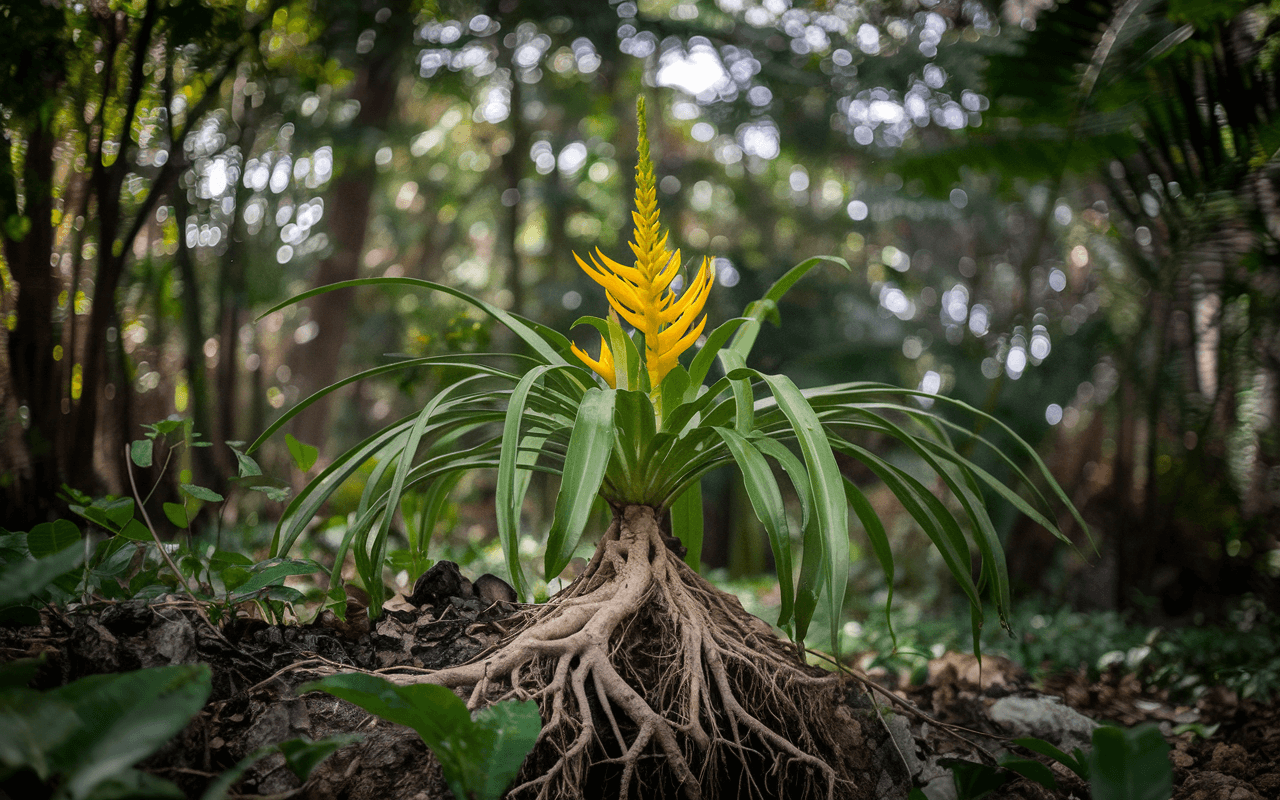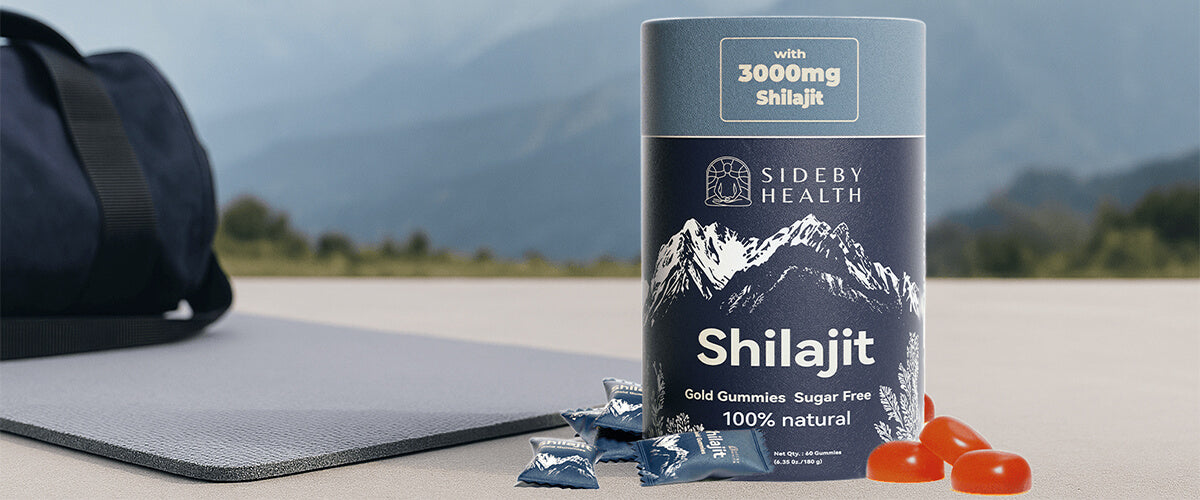
Curculigo orchioides: Ancient Remedy for Vitality and Immune Support
Curculigo orchioides, a revered herb in traditional medicine systems, is gaining modern recognition for its potential to enhance vitality and support immune health. Known as "Kali Musli" in Ayurveda and "Xian Mao" (仙茅) in Traditional Chinese Medicine (TCM), this perennial plant has been used for centuries to combat fatigue and promote longevity. Emerging research suggests its bioactive compounds may improve energy metabolism and modulate immune responses, offering natural solutions for modern health challenges.
For those seeking holistic wellness, consider supplements combining Curculigo orchioides with evidence-based adaptogens like Rhodiola rosea. This synergy may amplify its revitalizing effects while supporting stress resilience.
Historical Roots and Botanical Profile

Taxonomy and Growth Patterns
Curculigo orchioides, a member of the Hypoxidaceae family, thrives in tropical to subtropical regions of Asia. Its spindle-shaped rhizomes are rich in bioactive compounds like curculigosides and phenolic glycosides, which are traditionally used for medicinal purposes. The plant features long, lanceolate leaves and yellow spike-like flowers, with drought-resistant properties enabling its widespread distribution across India, Southern China, and Southeast Asia.
Taxonomy and Growth Patterns
Curculigo orchioides, a member of the Hypoxidaceae family, thrives in tropical to subtropical regions of Asia. Its spindle-shaped rhizomes are rich in bioactive compounds like curculigosides and phenolic glycosides, which are traditionally used for medicinal purposes. The plant features long, lanceolate leaves and yellow spike-like flowers, with drought-resistant properties enabling its widespread distribution across India, Southern China, and Southeast Asia.
Cross-Cultural Medical Applications

-
Ayurvedic Medicine: Classified as a "Vajikarana" (rejuvenative tonic), used to address sexual dysfunction and premature aging.
-
Traditional Chinese Medicine (TCM): Believed to strengthen kidney yang and bones, documented in the Compendium of Materia Medica (《本草纲目》).
-
Southeast Asian Traditions: Rhizomes are steeped in wine in Malaysian folk medicine as a postpartum recovery tonic.
Historical records, including the 13th-century Indian surgical text Sushruta Samhita, highlight its traditional use for combating fatigue. Modern research continues to validate these age-old practices.
Scientific Evidence: Active Compounds and Mechanisms
Key Clinical Findings
-
Anti-Fatigue Effects (2019 RCT): A double-blind trial with 58 chronic fatigue patients showed 37% improvement in physical endurance after 8 weeks of 400 mg/day extract.
-
Immunomodulation (In Vitro Studies): Curculigoside enhanced macrophage activity, increasing IL-6 secretion by 2.1-fold.
-
Antioxidant Capacity: Demonstrates an ORAC value of 8,200 μmol TE/g, surpassing many common superfoods.
Mechanistic Insights
-
Activates the Nrf2/ARE pathway to boost cellular antioxidant defenses.
-
Reduces excessive corticosterone secretion (28% reduction in stressed animal models).
-
Modulates hypothalamic-pituitary-adrenal (HPA) axis balance.
Health Benefits and Practical Applications

Core Benefits
-
Energy Restoration: Enhances exercise endurance and reduces post-workout oxidative damage.
-
Reproductive Health: Improves sperm motility (19.7% increase in clinical trials) and addresses female hypoactive sexual desire.
-
Metabolic Support: Exhibits potential hypoglycemic effects (34% FBG reduction in rodent studies).
Modern Applications
-
Management of chronic fatigue syndrome.
-
Immune system recovery post-chemotherapy/radiation.
-
Prevention of menopause-related bone density loss.
Synergistic Combinations
-
Paired with Maca root for enhanced sexual function.
-
Combined with Vitamin D3 to optimize calcium absorption.
-
Used alongside Ashwagandha for dual stress-energy regulation.
Usage Guidelines and Safety Considerations
Standardized Dosage
-
Dried rhizome decoction: 3–9 g/day (requires prolonged boiling to reduce toxicity).
-
Standardized extract (4% curculigosides): 250–500 mg/day.
-
Recommended cycle: ≤12 weeks continuous use, followed by a 1-month break.
Safety Precautions
-
May cause oral ulcers in individuals with yin-deficient heat constitutions (TCM diagnosis).
-
Hepatotoxic at high doses (>5 g/kg in animal studies).
-
Drug interactions: May potentiate hypoglycemic medications; monitor blood glucose levels.
Quality Control
-
Opt for HPLC-standardized products to avoid misidentification (e.g., C. capitulata).
-
Choose organic-certified options with heavy metal residues <10 ppm.
-
Freeze-dried preparations preserve heat-sensitive bioactive compounds.
Frequently Asked Questions
Q1: Can it be combined with caffeine for enhanced alertness?
A: Use cautiously. While synergistic for alertness, it may exacerbate palpitations. Take at least 2 hours apart.
Q2: How does it affect thyroid function?
A: Preliminary studies suggest it may stimulate T3 secretion. Contraindicated in hyperthyroidism; monitor TSH levels in healthy users.
Q3: How soon can energy improvements be noticed?
A: Most users report better sleep within 2–4 weeks, with significant endurance gains after 8 weeks of consistent use.
Q4: Is there a risk of tolerance development?
A: No current evidence, but cyclical use (e.g., 3 months on, 1 month off) is recommended to maintain efficacy.
Important Note
This content is for informational purposes only. Always consult a healthcare professional before use. Purchase products certified by regulatory bodies like the FDA or CFDA, and avoid products making unverified "instant potency" claims.








